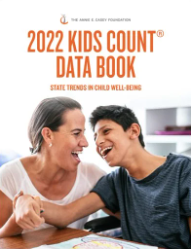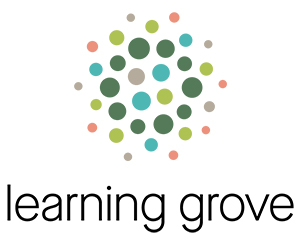The COVID-19 pandemic has taken a toll on math scores across the United States, with just 1 in 4 eighth-graders achieving proficiency, according to 2022 National Assessment of Educational Progress (NAEP) results.
The last time eighth-graders fared so poorly in math was over two decades ago in 2000. American students fared better from 2009 to 2019, with 1 in 3 eighth-graders hitting the math proficiency mark during this timeframe.

Data collection stopped in 2020 and 2021 — a consequence of the pandemic — and the latest NAEP results are the first reported since the arrival of COVID-19.
The drop in performance is deeply concerning but unsurprising since the pandemic disrupted the education of millions of students. The public health crisis exposed remote learning challenges, including gaps in internet access and technology and reduced student support services and interactions with teachers. At the same, kids and families grappled with increased levels of stressors, including:
social isolation;
financial instability;
food insecurity; and
mental illness.
State-Level Math Proficiency Rates
From 2019 to 2022, the share of eighth-graders scoring proficient in math fell in every state across the nation and Washington, D.C. Five states — Massachusetts, Minnesota, North Carolina, Pennsylvania and Washington — reported the greatest setbacks. In each of these states, the likelihood of students achieving math proficiency dropped 12 percentage points over three years. Even with this change, students in Massachusetts — along with students in Utah — performed best, with 35% of all test takers hitting the proficiency mark. Students in New Mexico fared worst, with just 13% of eighth-graders achieving proficiency in math.
Why Math Scores Matter
Researchers have documented a connection between math proficiency and future academic, economic and job success. Increasingly, sharp math skills — along with proficiency in science, technology and engineering — is viewed as critical to building a strong 21st-century workforce.
Race, Ethnicity and Math Proficiency
Racial and ethnic disparities in math proficiency are persistent and stark, pointing to ongoing inequities in accessing high-quality learning opportunities and resources. In 2022, Black (9%), American Indian (11%) and Latino (14%) eighth-graders had the lowest math proficiency rates nationwide. In contrast: Students who identified as two or more races (27%), white (34%) or as Asian or Pacific Islander (56%) were more likely to achieve math proficiency.
Across all racial and ethnic groups, the share of eighth-graders achieving math proficiency fell by four or more percentage points between 2019 and 2022. Students who identified as white or as two or more races reported the largest setbacks — a drop of nine percentage points for each of these groups.
See all education indicators on the Annie E. Casey Foundation’s KIDS COUNT® Data Center. The math proficiency indicator is included in the KIDS COUNT Child Well-Being Index. Read the KIDS COUNT Data Book to learn more.
Annie E. Casey Foundation



















